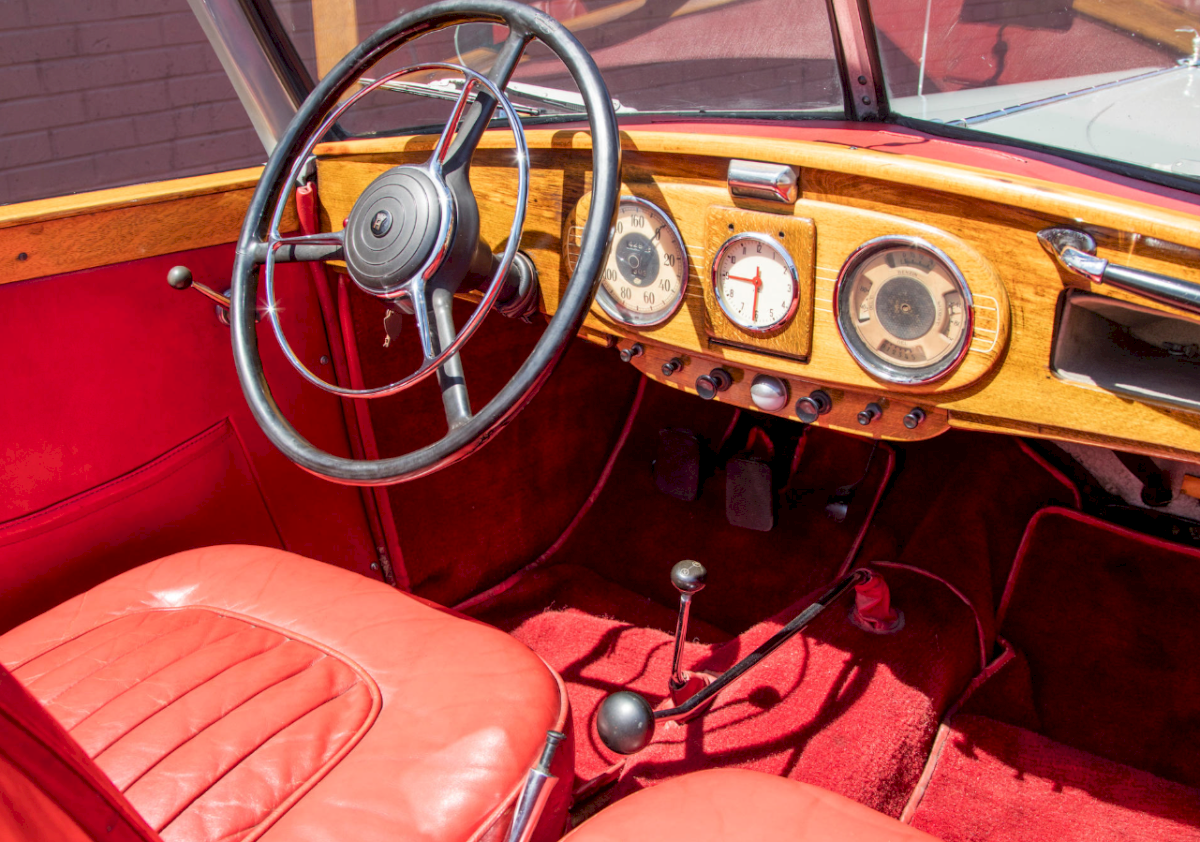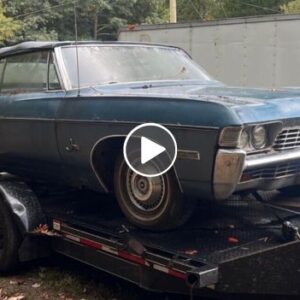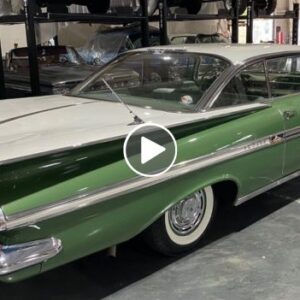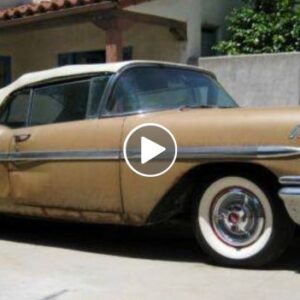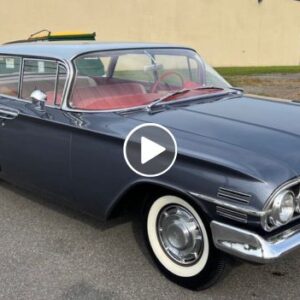THE HORCH 930 V
Best known today for its elegant large-displacement 850-series touring automobiles of the late 1930s, Horch was not immune to the economic challenges of its era. After conglomerating with three other concerns to form the Auto Union in 1932, the company further responded to market upheaval by introducing a junior model at the 1933 IAMA exhibition in Berlin, the 830.

Employing a newly designed 3-liter V-8, the 830 was developed over the ensuing years and ultimately succeeded in January 1937 by the 930 V. With more flowing coachwork care of stylists Günther Mickwausch and Georg Hufnagel, the 930 V was upgraded with the final evolution of Horch’s V-8 in 1938, featuring an increased displacement of 3.8 liters. Approximately 1,991 examples of the 830 were built through 1940, of which relatively few exist today.
-1705775340x1200.jpg)
THE MOTORCAR OFFERED
This beautiful 930 V is believed to be one of approximately 795 chassis built in 1939, and one of just a handful of phaetons remaining in existence today. Chassis no. 931591 was imported to the United States by the mid-1970s, and offered in 1976 by Classic Car Investments of Smyrna, Georgia, from whom it was purchased by Ethel Spencer of Cincinnati, Ohio.
-1705774974x1200.jpg)
In September 1981, the Horch was sold to a collector from Central America, and he retained Bob Espenson of Arvada, Colorado, to perform a sympathetic freshening in 1982.
-1705775379x1200.jpg)
The owner presented the 930 V at the 1999 Pebble Beach Concours d’Elegance, where it participated in the Auto Union Anniversary Class, and ten years later the phaeton returned to Pebble Beach as a non-judged entry. The car was also exhibited for some time at the Auto Collections in Las Vegas, Nevada.-1705775401x1200.jpg)
Claiming extreme rarity today, this Horch would make a fantastic addition to any gathering of prewar cars or Auto-Union-focused collections.
-1705775476x1200.jpg)
It currently displays 42,945 kilometers, and abounds with fascinating details like the period speedometer (which commences at a two-o’clock position), wood-surfaced dashboard and doorsills, classic interlocking four-ring badge, and prominently raked V-grille.-1705775442x1200.jpg)
Given the surge of prominence that the senior 850 series has experienced in recent years, it is reasonable to expect future growth in the 930 V as a collectable. In any event, with its unique engine design and highly original coachwork, this remarkable phaeton promises a singular presence at regional concours d’elegance or German automotive events.
